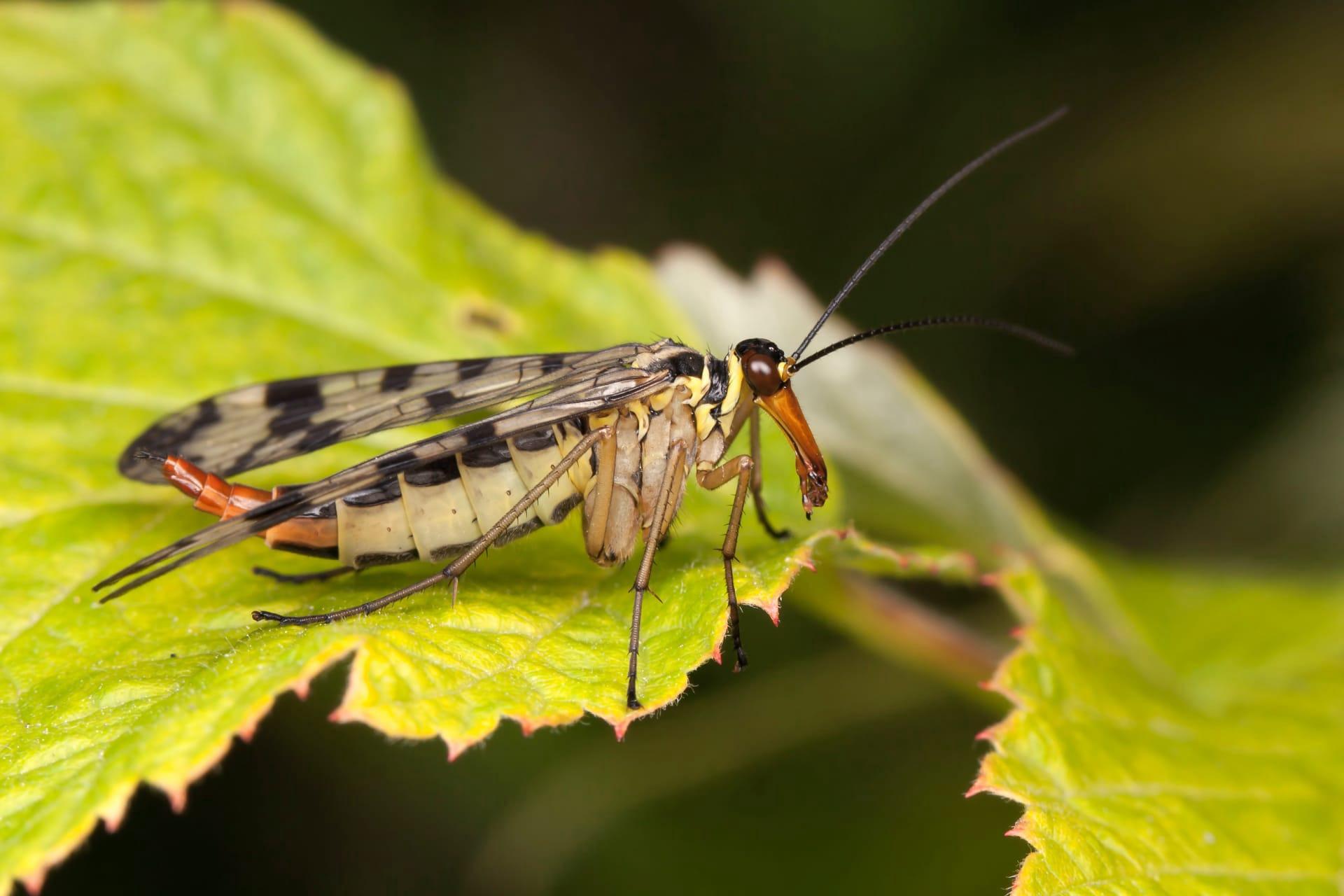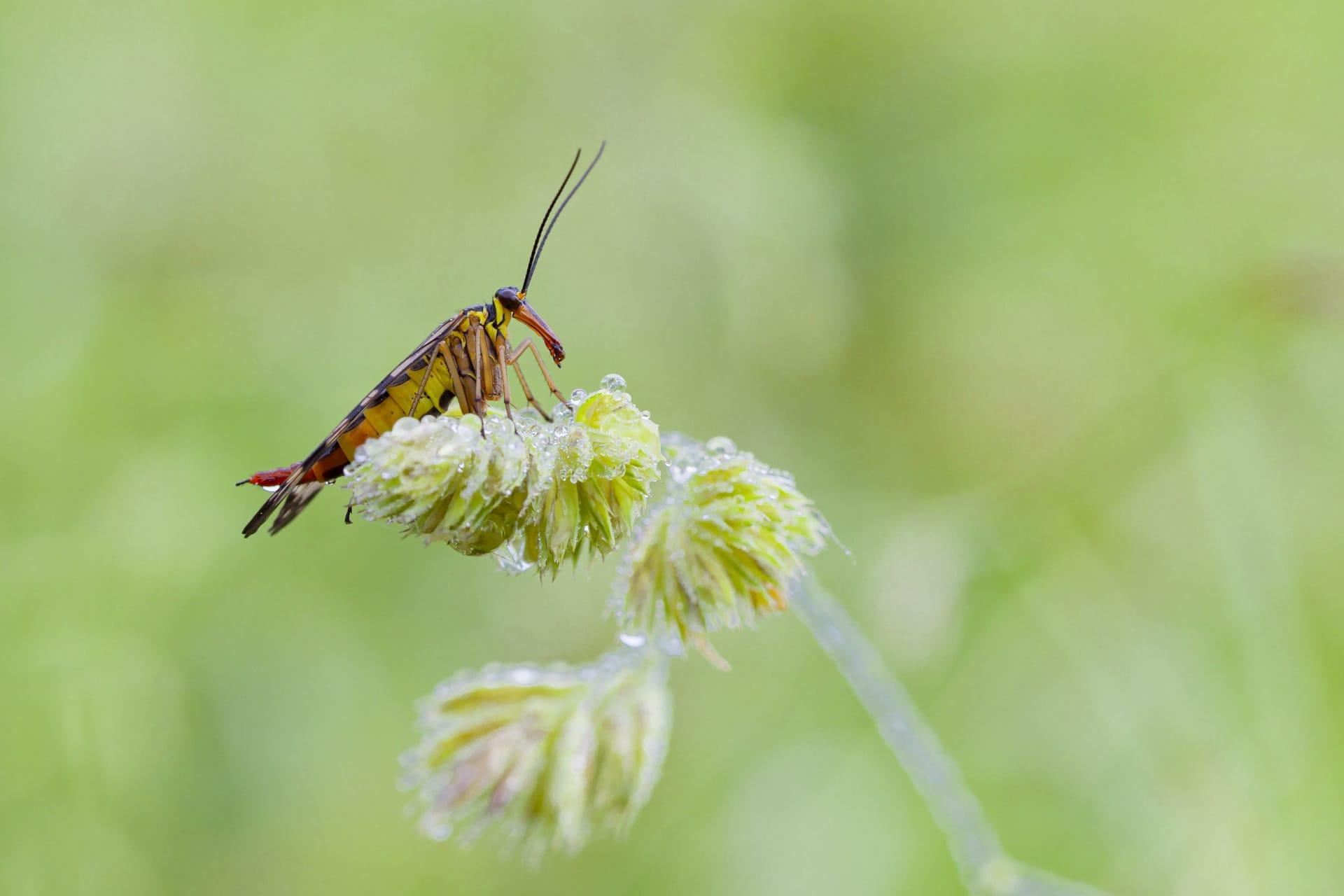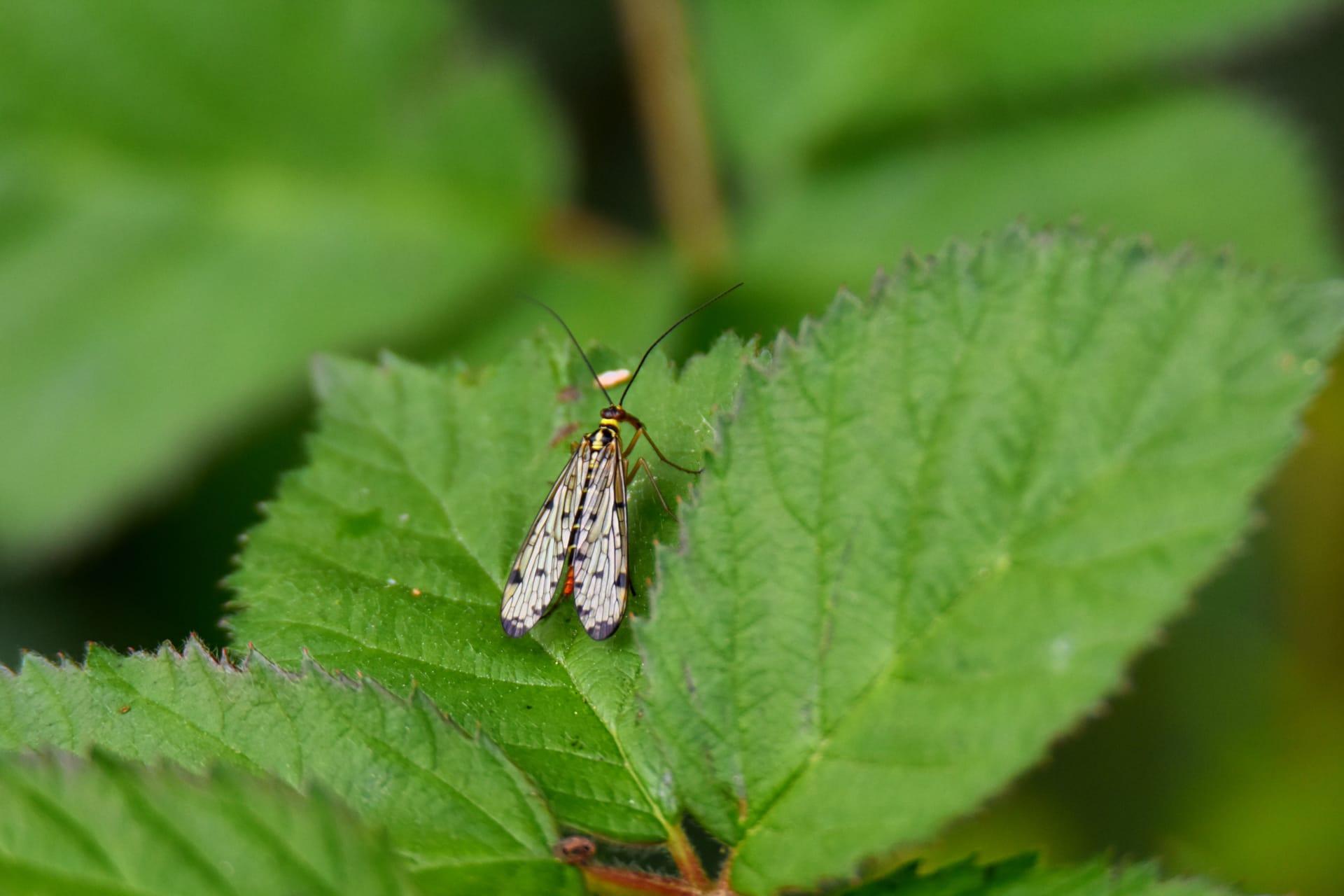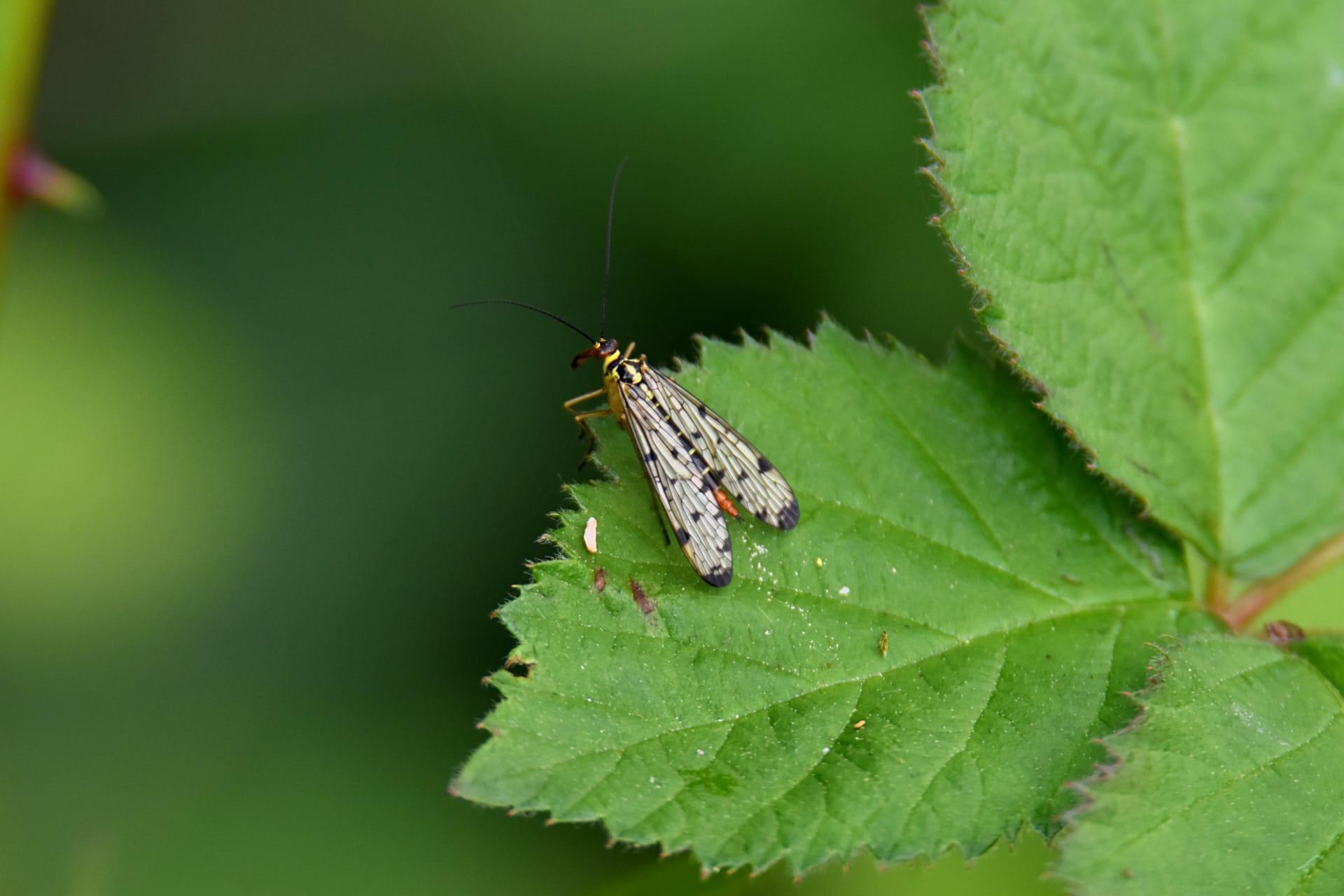Scorpion Fly Trivia
- Home /
- Trivia Question /
- Animal /
- Scorpion Fly Trivia
1
Question: What distinguishes the scorpion fly's appearance from other insects?
Answer: The scorpion fly is easily recognized by its extended beak-like rostrum and a tail that curves upward in males, resembling a scorpion's stinger. These unique flies, measuring about 2 inches (5 cm) in length, exhibit distinct sexual dimorphism, with males sporting the scorpion-like tail, while females have a simpler, straight abdomen.
Question: How does the scorpion fly's diet contribute to its ecosystem?
Answer: Scorpion flies are scavengers and predators, playing a vital role in their ecosystems. They primarily feed on dead insects, contributing to the decomposition process. Occasionally, they hunt small, live insects. Their diet helps regulate insect populations and aids in nutrient recycling, making them essential players in maintaining ecological balance.

2
Question: Is the tail of male scorpion flies venomous like a real scorpion's?
Answer: Contrary to popular belief, the tail of the male scorpion fly, while resembling that of a scorpion, is completely harmless. It lacks both venom and a stinger. The tail is primarily used during mating rituals to attract females and is a classic example of a non-threatening feature often misunderstood as dangerous.
Question: Can scorpion flies bite or sting humans?
Answer: Scorpion flies are often feared for their intimidating appearance, but they pose no threat to humans. They do not bite or sting. Their mouthparts are adapted for scavenging, not for attacking large animals or humans. This makes them a fascinating, yet harmless addition to their natural habitats.

3
Question: What unique mating behavior is observed in scorpion flies?
Answer: Scorpion flies exhibit a unique courtship ritual. Males attract females by offering them nuptial gifts, which can be prey items or saliva secretions. This behavior is a form of sexual selection, where females choose mates based on the quality of their gifts. It's a remarkable demonstration of the complex mating strategies in the insect world.
Question: How do scorpion flies contribute to forensic science?
Answer: Scorpion flies have a significant role in forensic entomology. They are often among the first insects to arrive at a decomposing body, making them valuable indicators in determining the time of death in criminal investigations. Their presence and development stages provide crucial information for forensic scientists.

4
Question: What habitats are most commonly occupied by scorpion flies?
Answer: Scorpion flies are typically found in moist, shaded environments like woodlands, forests, and grasslands. They prefer areas with abundant leaf litter and decaying material, which provide both food sources and suitable conditions for their secretive lifestyle. Their presence indicates a healthy, balanced ecosystem.
Question: How do scorpion flies reproduce, and what is unique about their eggs?
Answer: Scorpion flies reproduce through a fascinating process. After mating, females lay eggs in soil or plant matter. These eggs have an unusual feature - they are equipped with a sticky outer coating that helps them adhere to surfaces, protecting them from predators and environmental threats. This adaptation ensures a higher survival rate for the next generation.

5
Question: What is the lifespan of a scorpion fly, and how does it develop?
Answer: Scorpion flies have a relatively short lifespan, typically living up to one year. Their life cycle includes complete metamorphosis, progressing from egg to larva, then pupa, and finally to adult. This transformation takes place over several weeks, with the larval stage being the longest.
Question: Are scorpion flies solitary or social insects?
Answer: Scorpion flies are generally solitary creatures. They come together only for mating purposes. Outside of the breeding season, they prefer to live alone, spending their time scavenging and hunting in their chosen habitats. This solitary nature is common among many predatory and scavenging insects.